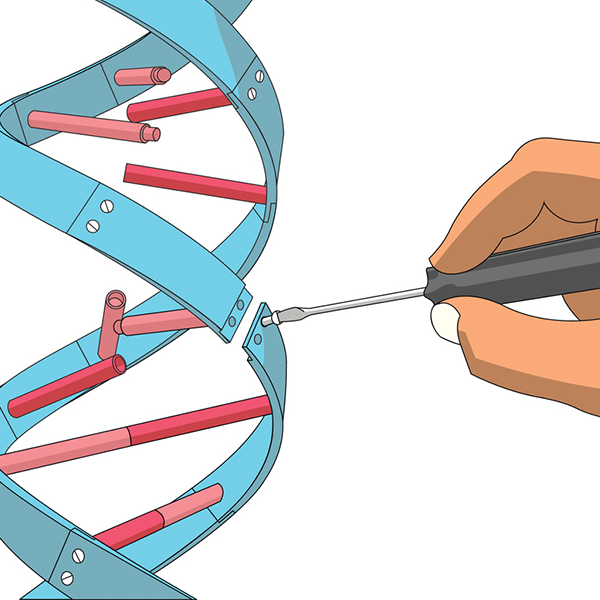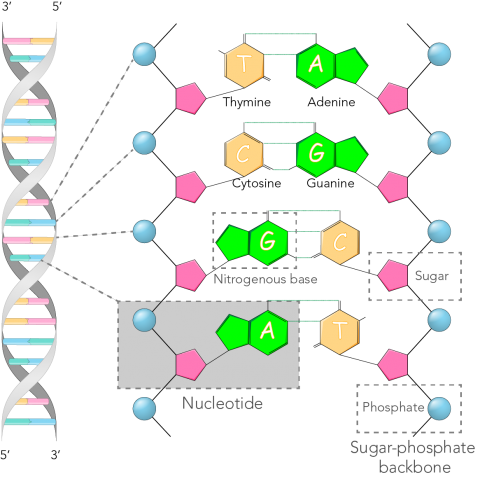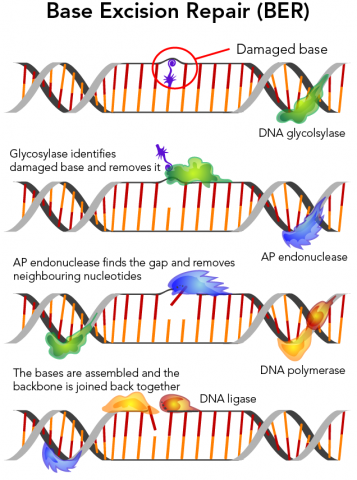DNA Damage and Repair

Hand with screwdriver “repairing” DNA (Perception7, iStockphoto)

Hand with screwdriver “repairing” DNA (Perception7, iStockphoto)
8.56
How does this align with my curriculum?
AB
10
Knowledge and Employability Science 10-4 (2006)
Unit C: Investigating Matter and Energy in Living Systems
NU
10
Knowledge and Employability Science 10-4 (2006)
Unit C: Investigating Matter and Energy in Living Systems
NT
10
Knowledge and Employability Science 10-4 (Alberta, 2006)
Unit C: Investigating Matter and Energy in Living Systems
NT
10
Science 14 (Alberta, 2003, Updated 2014)
Unit C: Investigating Matter and Energy in Living Systems
BC
12
Anatomy & Physiology 12 (June 2018)
Big Idea: Homeostasis is maintained through physiological processes.
YT
12
Anatomy & Physiology 12 (British Columbia, June 2018)
Big Idea: Homeostasis is maintained through physiological processes.




